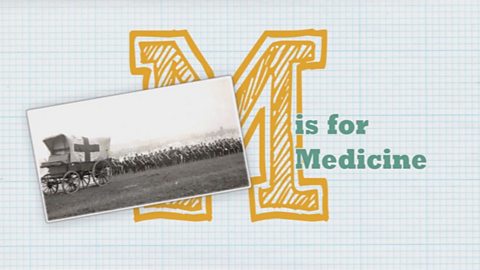The Lusitania was a British passenger ship.
It sailed from New York on the first of May 1915.
It was going to Liverpool and had one thousand, nine hundred and sixty two passengers on board.
It was attacked by a German U-boat on the 7th May 1915.
One thousand, two hundred and two people drowned.
This led to America joining the war to fight Germany.
Lizzie Brownlee aged 28. Stewardess Second Class. The Lusitania.
I worked on the Lusitania for three years. I loved that ship. She was beautiful. I called her the Lucy. In a way she was my home.When we sailed out of New York bound for Liverpool on May 1st we knew the Germans were threatening to use their U Boat submarines to blow up British ships. But we weren’t worried. We were carrying passengers… women and children. Why would they attack us?
Six days later we were nearing the coast of Ireland, nearly home. I was serving coffee and I heard the explosion. You could feel the whole ship shudder and immediately she started to lean. Everyone knew what it was.
U Boat.
Torpedo.
Direct hit.
Then there was a second explosion and the ship started to lean even more and now people were shouting and struggling to get into the lifeboats.
I was lucky. I got into the last lifeboat to leave the ship. As we rowed away I looked back. There were still people clinging to the rails as she went down. I said a prayer and I shut my eyes. When I opened them the Lucy had gone. It had taken eighteen minutes from start to finish.
The paper said that this might change the war. Says the Americans are so angry about the Lusitania that now they might come and help us beat the Germans. But I can’t think about that. Looks like over a thousand people have drowned. Men women and children. That’s all I can think about today.
Video summary
Newsreel and commentary about the Lusitania, a passenger ship that set out from New York, bound for Liverpool on 1 May 1915.
A German U-Boat submarine sank the Lusitania off the coast of Ireland on 7 May, with the loss of 1,202 lives.
In a dramatic monologue, we meet Lizzie Brownlee, 28, a stewardess on board the ship.
She tells us her survivor’s story.
The sinking of the ship is widely held to have been a decisive factor in drawing the USA into World War One.
This clip is from the series WW1 A to Z.
Contains potentially upsetting content; teacher review is recommended before use in class.
Teacher Notes
On a map, pupils could trace the route from New York to Liverpool that the Lusitania took.
How far had she travelled when she was torpedoed? How much further did she have to go?
Encourage pupils to list any questions they have about the sinking.
For instance, why did Germany want to sink a passenger ship?
The children could seek answers to their questions in books and websites.
The sinking is said to have been decisive in drawing the USA into the war. Do your pupils agree with this judgment?
If so, how do they explain the two years that passed before the USA’s declaration of war in 1917?
This short film is suitable for teaching history at Key Stage 2 / Second Level or above.
K is for Keep The 91Čȱ¬ Fires Burning. video
Newsreel and commentary about the role of patriotic songs in World War One, plus a dramatic monologue about the songwriter Ivor Novello.

M is for Medicine. video
Newsreel and a dramatised monologue about the advances in medicine made during World War One.

N is for Nurses. video
Commentary, newsreel and dramatic monologue describe the role of nurses during WW1, including the work of Edith Cavell.
